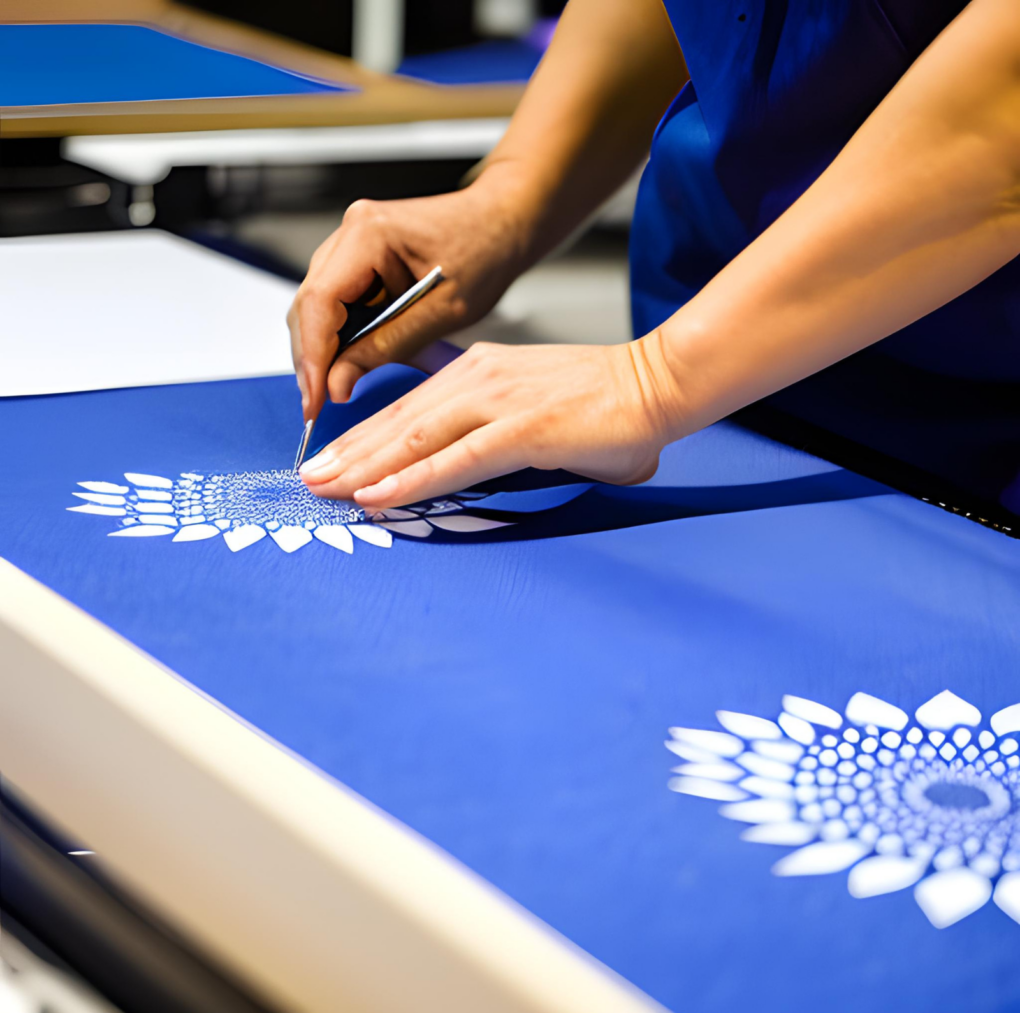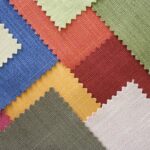Introduction
Are you looking to promote your clothing line or commemorate a special occasion/activity? If so, customizing your clothing with print techniques opens up a world of endless possibilities and unleashes your creativity.
This article delves into these common techniques, helping you understand the factors to consider when selecting the perfect method for your specific needs. If you find yourself puzzled by the wide array of printing methods available and unsure of how to make the right choice, fear not! This comprehensive guide is here to assist you. So, without further ado, let’s plunge into the world of clothing print techniques!
Regular Printing Techniques on Fabric
Before diving into customization, it’s essential to understand some regular printing techniques commonly used on fabric, like screen printing, heat transfer, direct-to-garment (DTG) printing, and embroidery. Each technique has its strengths and considerations, such as cost, durability, and color vibrancy. Several clothing print techniques are widely used to create stunning custom clothes.
Let’s explore some of the most used ones:
- Screen Printing
Screen printing is a versatile technique that involves transferring ink onto a garment through a mesh screen. It is ideal for bold, high-contrast designs and works well on various fabric types.
Screen printing offers excellent color saturation and durability, making it suitable for both casual wear and promotional apparel.
- Direct-to-Garment Printing
Direct-to-garment (DTG) printing utilizes specialized inkjet printers to apply detailed designs directly onto garments. This technique allows for intricate artwork and complex color gradients, resulting in a high level of customization.
DTG printing is particularly effective for small-batch orders or single-item prints.
- Heat Transfer Printing
Heat transfer printing involves using heat and pressure to transfer a design from a carrier paper onto the fabric. This technique is commonly used for designs with multiple colors or intricate details.
Heat transfer printing offers a wide range of colors and finishes, including metallic and glitter effects.
- Embroidery
Embroidery is a classic technique that involves stitching designs onto fabric using specialized machines. It adds texture and dimension to custom clothes, making them visually appealing and long-lasting.
Embroidery is often preferred for creating sophisticated and professional-looking garments, such as corporate apparel or personalized accessories.
When the above techniques can not meet your needs, consider the following options:
- Appliqué: Layering fabric shapes onto the garment.
- Patchwork: Sewing patches onto the clothing item.
- Rhinestones or Studs: Adding decorative gems or metal accents.
- Dye Sublimation: Transferring designs using heat to create vibrant, long-lasting prints.
Factors to Consider When Choosing a Proper Print Technique
When deciding on a printing technique, several factors should be taken into account. These factors include the complexity of the design, fabric compatibility, quantity, and turnaround time as well as budget needs to be considered, and the placement of the print. Evaluating these elements will ensure that you select a technique that achieves the desired outcome in terms of aesthetics, durability, and overall quality.
Selecting the right print technique depends on various factors:
- Design Complexity: Some techniques, like screen printing, are better suited for simple and bold designs, while others, like embroidery, excel in intricate artwork.
- Fabric Compatibility: Certain print techniques work best with specific fabric types. For example, heat transfer printing may be more suitable for synthetic materials, while embroidery can be applied to a wide range of fabrics.
- Quantity and Turnaround Time: Depending on your order size and time constraints, certain techniques may be more efficient than others. DTG printing is often preferred for small quantities, while screen printing is suitable for larger runs.
- Budget: Each print technique carries its own cost implications. Evaluate your budget to determine the most viable option for your custom clothing needs.
Printing Techniques For Accessories
Customization extends beyond clothing. It’s essential to explore printing techniques for accessories such as packaging and hangtags to ensure a cohesive brand identity.
Printing Methods on Package
Customizing your packaging can create a memorable unboxing experience for your customers. Techniques such as UV printing, stamping or embossing can be utilized to achieve striking results.
- Foil Stamping: Applying metallic or colored foil to enhance packaging.
- Embossing/Debossing: Creating raised or depressed designs on the surface.
- UV Printing: Using ultraviolet light to cure inks and create sharp, vibrant prints.
Printing Methods on Hangtag
Hangtags provide an excellent opportunity to reinforce your brand identity and convey important information. Techniques like letterpress, screen printing, or digital printing can be employed to create visually appealing hangtags.
- Letterpress: Pressing inked plates onto paper, leaving an indentation.
- Digital Printing: Printing directly onto hangtags using digital technology.
Conclusion
Custom printing offers a plethora of possibilities for expressing your creativity and establishing a unique brand identity. Learning the techniques and factors of the different printing methods on fabric, package, and hangtag, that’s not all, but it’s enough for basic needs when choosing the appropriate printing technique.
Remember to consult with printing professionals for expert advice tailored to your specific needs. KakaClo offers professional customization services, including printing on designs, packages, hangtags, and more. Don‘t hesitate to contact our Customer Service Team or hand over your custom ideas to us if you are ready to start bringing your vision to life!
FAQs
Q: How long does it take to complete a print-on-demand order?
A: The turnaround time for a print-on-demand order depends on the complexity of the design, quantity, and the printing technique used. KakaClo offers POD with a quick turnaround time, contact us.
Q: Can I print on any type of fabric?
A: While most printing techniques work well on common fabrics like cotton or polyester, some specialized fabrics may require specific methods. It’s best to consult with a printing professional to determine the suitable technique for your fabric.
Q: Are there any limitations to the colors that can be printed?
A: Different printing techniques have different color capabilities. Screen printing allows for vibrant colors, while DTG printing offers a wider color range. However, it’s essential to consider the fabric’s color and the desired print outcome.







